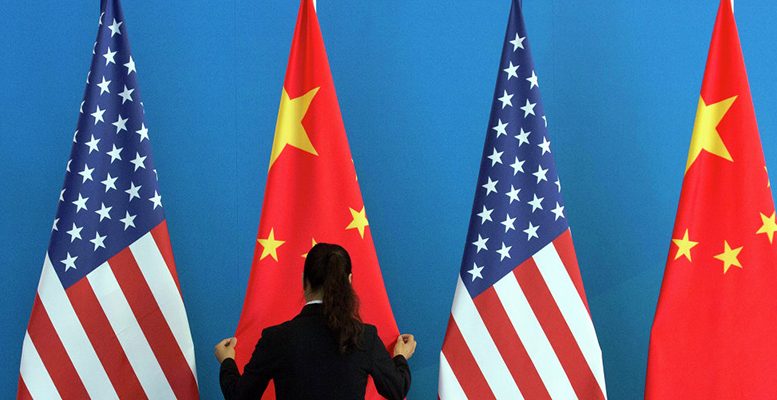Intermoney | Overall, the data supports the fact that China is the star pupil in the world economy and fits in with the possibility it will have growth of 2% in 2020 and close to 8% in 2021. These figures are synonymous with an upward economic influence which the Chinese will use to achieve greater global scale.
Chinese President Xi Jinping is clearly committed to this strategy by offering the world, or rather countries that opt for a “constructive” relationship with China, the Asian giant’s ability to import $22 trillion in goods over the next 10 years. He then goes on to say: “We must take a constructive stance to reform the global economic governance system and promote an open global economy” and “With a population of 1.4 billion people and a middle class of over 400 million, China is the largest market in the world and the one with the greatest potential.”
China has long ceased to be a great dormant power and now clearly seeks to increase its global dominance with the “carrot” of economics, but also with a greater military presence outside national borders. In fact, it already has a presence in the Horn of Africa and keeps its eye on the Strait of Ormuz. The point is that China’s “economic carrot” is still a smokescreen. As a cession, it will offer the rest of the world some decreasing business opportunities which, furthermore, are focused on non-priority areas for its own companies or on areas where China cannot be self-sufficient. For example, those linked to certain raw materials. In fact in 2018, the Chinese president pointed out that the service sector as a whole could import up to $40 billion in 15 years. Then $2.67 trillion in imports were specifically offered two years ago and now, based on the outlook of a larger economy, a similar amount would continue to be offered. This is because to the $22 trillion in imports of goods over 10 years, $2.5 trillion in services over 5 years – flagged by the Minister of Commerce – has to be added on. If extrapolated over a period of a decade, this totals the aforementioned figure.
China’s new strategy of “dual circulation” is a clear commitment to a cycle of internal expansion which aspires to being renourished and where the interest of national companies will have priority. In this system, foreign firms from partner countries will be able to win “consolation prizes,” but not the top position on the leader board. Meanwhile, those companies from countries that do not nurture a “constructive relationship” with the Chinese authorities will be relegated to second place.
Faced with the Asian giant’s strategy, one can only act from the perspective of a broad and united front that serves as a counterweight to China’s strength. This would involve both offering advantages to third nations and improving the capacity for negotiation with the Asian giant’s authorities. Otherwise, the very attraction itself of the Asian giant as the only great economy which will experience solid and recurrent growth will make individual battles impossible. Potential allies would always perceive that they have more to gain by making a pact with China than, for example, with the US.





